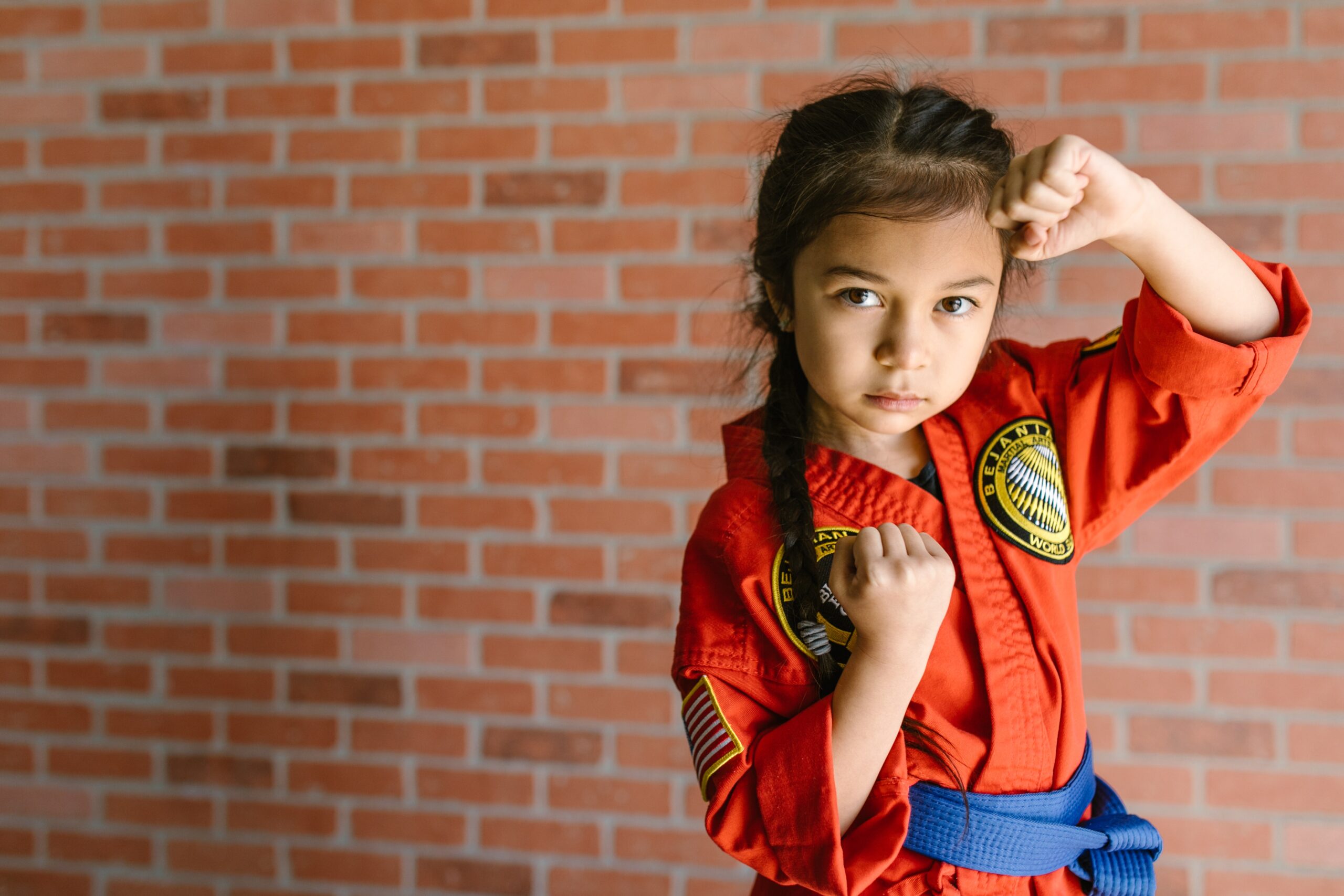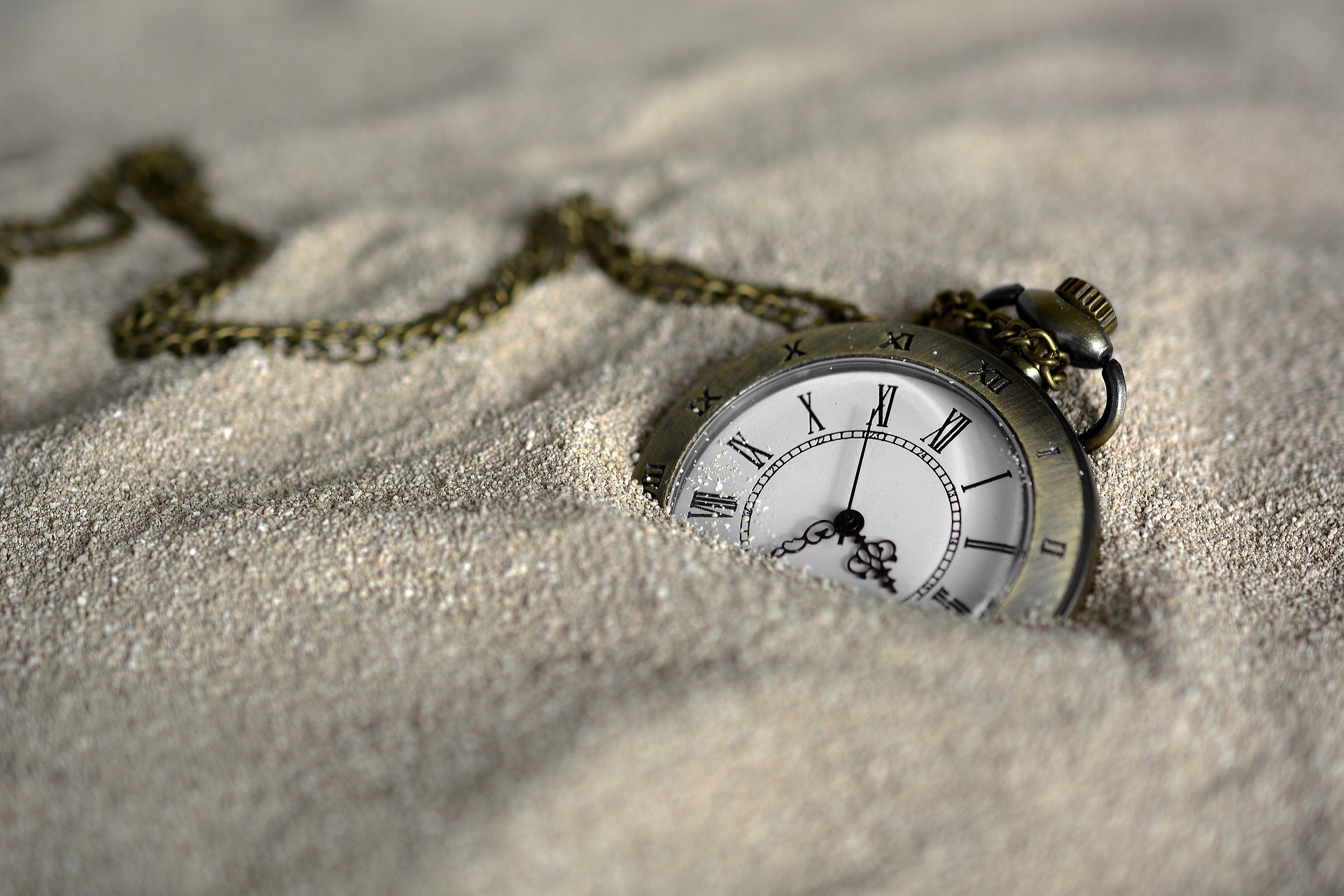The old proverb, “You never forget how to ride a bike,” highlights the usefulness of drills in martial arts training. Learning how to ride a bike is challenging because several skills must be developed simultaneously. Riding a bike requires one to:
- Learn balance in motion,
- Coordinate your feet and hands,
- And stop on demand.
Once you overcome the struggle of learning these bike-riding skills, you never lose the ability to balance, coordinate your limbs, and stop the bike. These are the same types of skills used in martial arts. How do we engrain these bike-like skills into your body? The answer is simple: repetition. Repetition is the mother of perfection and skill retention, but it takes proper repetition to get good results. In our dojo, we use drills to create proper repetition and to perfect your skills.
What is Muscle Memory?
When you repeatedly perform a series of movements, the muscles in your body begin to execute these movements more smoothly and rapidly. They start to perform these actions without conscious instructions from their brains. This phenomenon is known as muscle memory. Learning how to pedal a bicycle is a great example of muscle memory. Thinking about pedaling slows the process down. The legs remember how to pedal so the brain can attend to other tasks, like avoiding cars.
Reaction Conditioning
To capitalize on muscle memory, Kempo uses reaction conditioning. When you receive an attack movement, such as a punch or kick, you perform a set movement that we call a technique. This optimal reaction becomes something your body will remember without needing the brain to intervene. You react quickly without analyzing the situation, avoiding delays that could slow down your protective defense.
Drills train the body to react to a particular stimulus in a defined manner. Some drills are simple blocking reflexes, while others involve complex body movements and distance gauging. Regardless, they disassociate the need for the brain’s instructions to perform a Kempo technique. The brain needs to think tactically in a confrontation and doesn’t have time to remember the best defenses against a straight punch or a hook if it changes midstream.
Mushin: The Principle of No Mind
Drills engage muscle memory and skill acquisition, developing the ability to act without thinking—this is the Mushin principle. Mushin means “No Mind.” It doesn’t imply a lack of a mind; rather, it signifies reacting without conscious thought. The mind delegates the movements to the body.
Drills condition the mind to allow the body to just “do.” They also familiarize the brain with the stimuli of an attack. Without this familiarity, you may freeze in an actual confrontation. Through drills, you become comfortable with close, aggressive actions. You no longer have the “flight or fight” instinct kicking in; instead, you maintain control over your actions.
The Ubiquity of Drills
Drills are a proven method of learning used in sports, dance, academic schools, police training, and the military. Preparation is key to success, and drills are the tools that prepare you. They engrain techniques and responses into your muscle memory, ensuring that you can react instinctively and effectively when the time comes.
Want to develop great skills and practice our effective drills? Join any of our school’s programs: Kickboxing, Hawaiian Kempo Karate, or Philippine Combatives. Take a demo class, and you’ll be hooked. Drills are the foundation of success; through them, you’ll gain the confidence and capability to handle any situation. Join today and start your journey to mastery.



